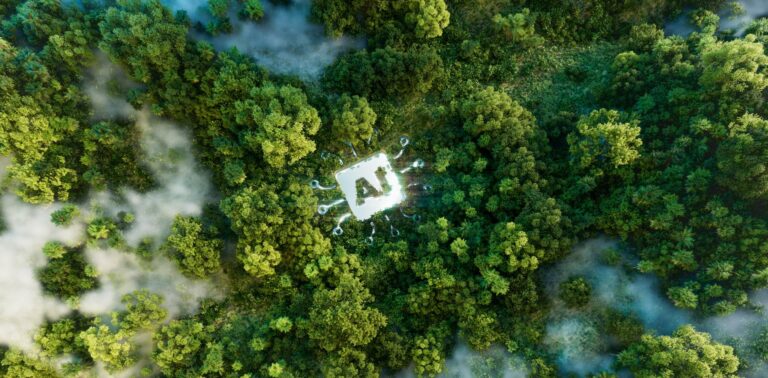Two major players in the data center market are joining forces and applying circular principles to data centers. Among other things, Low Voltage and Medium Voltage equipment should last longer and thus create fewer emissions. Digital Realty and Schneider Electric are also partnering to extend the life of UPS batteries.
Anyone looking at the sustainability side of any industry is bound to come across the terms Scope 1, Scope 2 and Scope 3. All of a company’s emissions fall under one of these three terms. Scope 1 involves the emissions from things an organization owns or builds. Examples include emissions from company cars, but also the CO2 output from producing what a company sells. Scope 2 is mainly about where a company purchases the energy it uses.
The rest of all emissions fall under Scope 3. Emissions in this category are not only the most vaguely defined, but also by far the most difficult to address. As Fabrice Coquio, the managing director of Digital Realty in France put it at the Schneider Electric Innovation Summit in Paris, “Scope 1 and 2 are easy, for Scope 3 all stakeholders have to be on the same page.” This means that collaboration between multiple parties is always needed to get Scope 3 emissions down. For Scope 1 and 2, to put it simply, it’s mostly a matter of throwing in the necessary investments yourself and you’ll see an improvement. That’s not the case for Scope 3 emissions.
First step towards circularity
The partnership that Digital Realty and Schneider Electric are announcing today can be seen as a first step that the two parties are taking together to reduce Scope 3 emissions. By 2030, Digital Realty wants to reduce them by 24 percent. This is in addition to a 68 percent reduction in Scope 1 and 2 emissions.
By using Schneider Electric’s electrical equipment (both Low Voltage and Medium Voltage), switching equipment and UPSs less frequently and/or reusing parts more often, this should result in Digital Realty using 50-70 percent less so-called ’embodied carbon’ within 3-5 years compared to today. Embodied carbon is the emissions associated with a product throughout its full lifespan.
Making batteries last longer
The batteries associated with data center UPSs are now replaced fairly regularly. However, nowadays, that’s happening a lot less frequently than in the past. Thanks in part to better insight by means of a sensor on each battery, it is now possible to make interventions that are accurate to when batteries can no longer maintain the correct voltage, for example. Yet there is still something to be gained here, too. As part of the collaboration between Digital Realty and Schneider Electric, the companies are also announcing a program to refurbish and repurpose batteries that no longer function optimally. They claim they are the first ones to do this.
PUE to 1.3 or lower
In addition to the various Scopes, the main issue from a sustainability perspective is PUE, or Power Usage Effectiveness. This figure indicates the efficiency of the data center as a whole. Within Europe, the European Climate Neutral Data Center Pact has been agreed upon. This states, among other things, that from 2025 new data centers must have a PUE of 1.3 or 1.4, depending on whether they are located in a cold or warm climate. Existing data centers will have to achieve these values by 2030 at the latest.
There isn’t always an obvious way to achieve these values for existing data centers. It sometimes requires quite a bit of creative use of what is available in the environment. For example, Digital Realty used an underground river for cooling in one of its data centers in Marseille. The water from that river has a constant temperature of 15 degrees, making it very suitable for cooling. Thanks in part to this innovative use of the environment, this data center already has a PUE of 1.12.
Incidentally, it can’t be claimed that it’s possible for all existing data centers to get the PUE to the desired level. Therefore, Coquio does not rule out the possibility that Digital Realty may have to close a data center in extreme edge cases, although that is obviously not what he wants to do. However, there are plenty of ways to get a data center’s PUE down incrementally, generally speaking. It is also important to realize that the end result is achieved through a multitude of tiny changes. As Coquio concludes, “The sum of many small decisions makes it possible to significantly reduce PUE.”
Also read: “There’s no shortage of energy, there’s too much energy waste”
